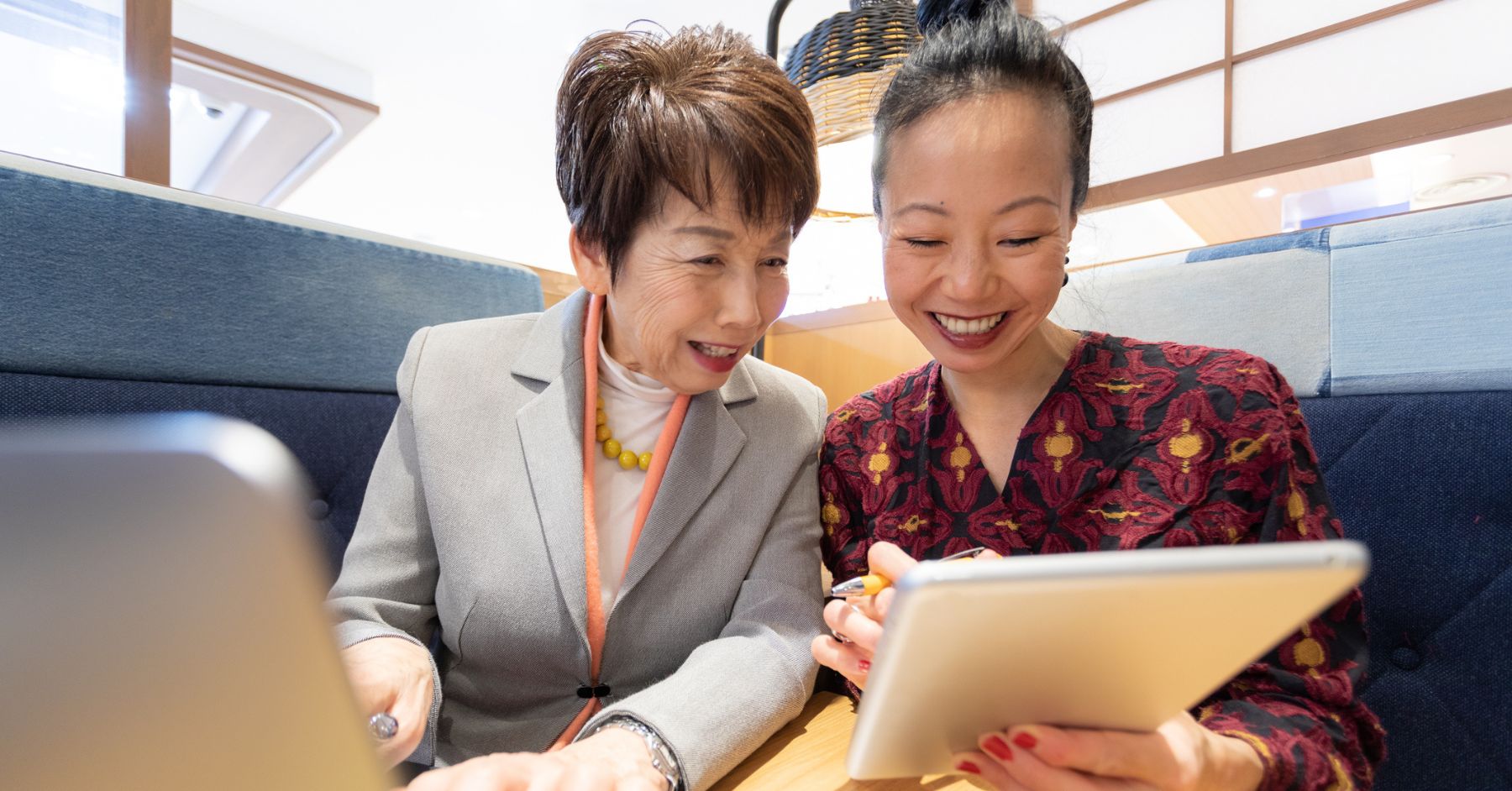How APAC’s leading businesses are balancing trust and innovation
February 27, 2024 | By Matthew Driver
When we think about “what it takes” to make innovation happen, it’s likely a few things will spring to mind: a visionary company leader, an exogenous shock that drives change, or large quantities of capital made available to business teams. While any one of these things can be transformational, there is one element that is perhaps underappreciated in its ability to foster innovation.
And that element? Trust.
Deep trust is achieved through consistent performance over a long period, and its advantages range from customer loyalty to the retention of top employees. Delving deeper into how some of the most successful APAC companies approach the trust-innovation nexus, Harvard Business Review Analytic Services in association with Mastercard has launched an APAC report entitled “Raising Trust and Innovation Together in the Asia-Pacific Region”.
This report explores how APAC companies are innovating and building trust among customers, employees, and other stakeholders and how trust, in turn, is fueling their innovation agenda. It also examines the challenges APAC organizations face when trying to innovate and inspire trust, and how they are overcoming them.
Here is a rundown of the key findings.
The “human touch” complements increased digitization
While many businesses either created or expanded their digital presence during the pandemic, since the return to (a new) normal, even the most technologically forward-thinking companies have found that solid customer relationships still require old fashioned human interaction.
The report saw this approach playing out in different ways. A leading insurance company in China has been using technology to ensure that their people can be at the scene of an auto accident to assist customers within just minutes; yet at the same time, their business model is still heavily agent-based, relying on personal relationships to build a foundation of trust. Other organizations invested in expanding tele-advisory services during the pandemic, to ensure that customers still had a human touchpoint—even if in-person meetings were not feasible.
APAC businesses more likely to take cross-organization approaches to innovation
Forty-one percent of the respondents in the region reported an organizational focus on innovation—higher than respondents from Europe, North American, and Latin America—though this can take many forms.
In some cases, organizations are focusing on ownership of innovation—whether at the level of the individual or teams—to give them the freedom to experiment with new ideas and take ownership over their development. One of the overarching trends here was a focus on developing structures in the business that encouraged innovation, such as combining top-down and bottom-up approaches or having a team that is responsible for fostering innovation across the organization—rather than being solely in charge of developing new ideas.
Innovation-first approach to product development
Many businesses are putting innovation front and center in the products and services they offer customers, with AI and machine learning often forming a core component of the offering. At the same time, this greater emphasis on customer-facing technologies has created an environment in which there is increased expectation from consumers of continuous innovation from companies.
Harnessing of advanced technology has also had a democratizing effect on the way in which companies can offer services to their customers. For instance, financial institutions are now using AI and large language models to offer personalized financial advice—the type that is traditionally reserved for high-net-worth individuals—to a broader customer base.
Smart data governance is a central focus
The study also found that 80% of Asia-based consumers saw information security and privacy as important—even higher than the percentage who placed importance on ease of purchasing. This is an important insight and suggests that firms need to carefully consider data governance and management when looking to use data to improve the customer experience.
To allow innovation to continue apace, many companies are doubling down on transparency, including having explicit governance frameworks and communication protocols for how they use technologies like AI. When there are incidents such as data breaches, there is conscious emphasis on accountability and timely, open communication with customers. Though this can be challenging, it is also seen by many business leaders as the best way to regain trust and maintain relationships when things go wrong.
These are just a few of the findings of this report, which contains many more deep dives into how organizations in APAC are working to cultivate trust at every level—be it with consumers, employees, or other stakeholders—to unlock the potential for groundbreaking innovation and undisputed trust. This intersection of trust and innovation is not just the future of business in APAC, but a global blueprint for success in an increasingly interconnected world.
